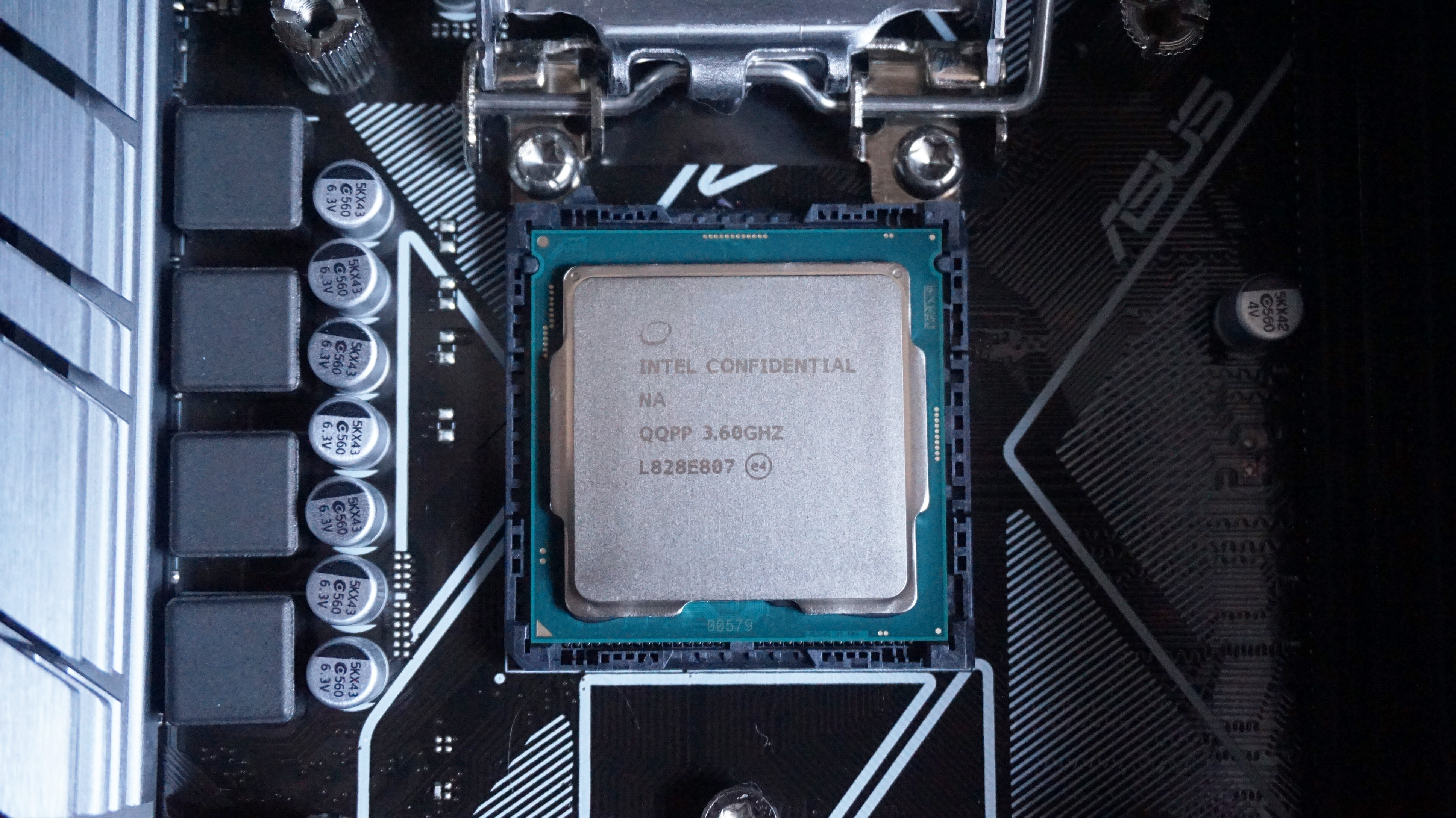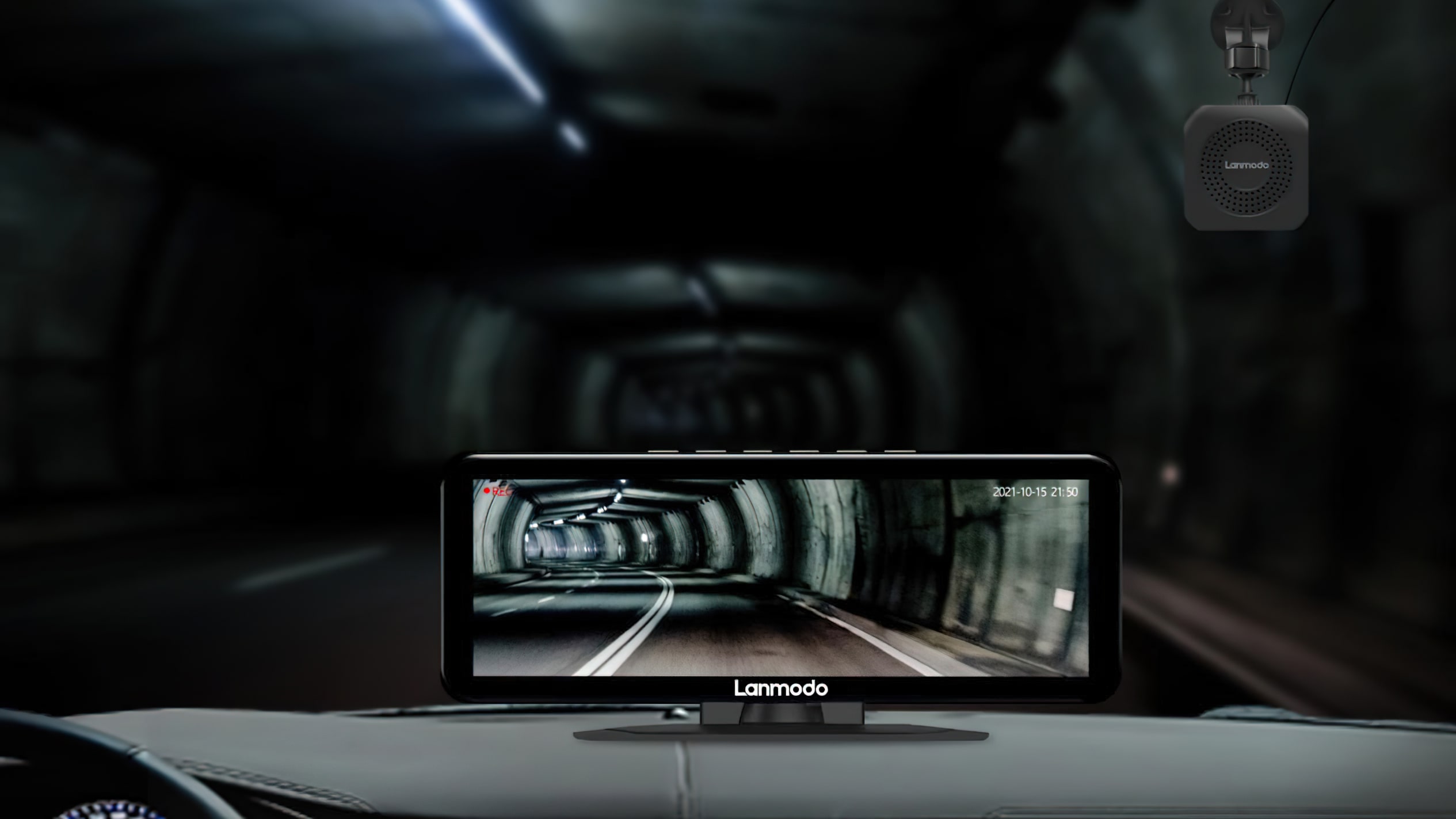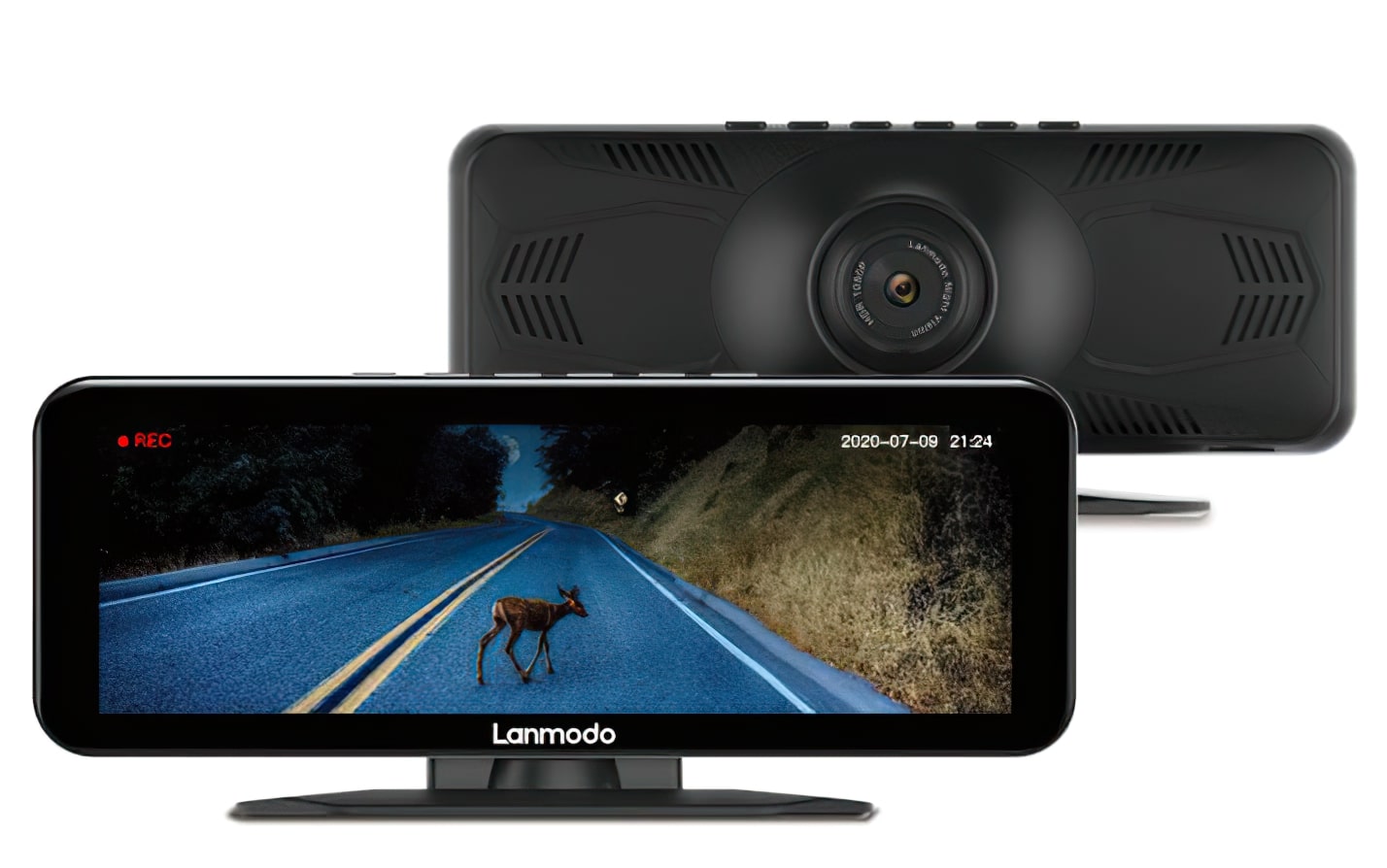
Since time immemorial (i.e: 2008), Intel CPUs have largely fallen into three distinct classes: you’ve received your entry-level Core i3s, your mid-range Core i5s, and your high-end Core i7s. With the current introduction of Intel’s new 9th generation of Coffee Lake CPUs, nonetheless, the processor big has now expanded that vary with a brand new Core i9 collection, the primary and strongest of which is the tremendous quick Core i9-9900Ok.
The 9900Ok is in no way the primary Core i9 Intel have ever made, after all. It’s simply that beforehand you solely tended to seek out them in workstations and enterprise PCs. With their astronomical costs and ludicrous variety of cores, they’ve all the time been large overkill in your common gaming desktop, however Intel’s now hoping to vary that with the eight-core 3.6GHz 9900Ok. Is this the very best gaming CPU cash should purchase? Let’s discover out.
You’ll nonetheless need to fork out a substantial amount of money for the Core i9-9900Ok – a whopping $580 within the US and an much more crippling £600 within the UK, making it twice as costly as AMD’s present top-end shopper CPU, the eight-core 3.7GHz Ryzen 7 2700X. Compared to the remainder of Intel’s Core i9 line-up, although (which can set you again the higher a part of a grand), that is by far the most affordable approach to get a style of what a Core i9 has to supply. Not that that’s any type of excuse. If I had a spare £600 mendacity round, I’d a lot somewhat spend it on an Nvidia GeForce GTX 1080 than put it in direction of a brand new processor.
The excellent news, a minimum of, is that you simply don’t essentially want to purchase a brand new motherboard earlier than you can begin utilizing it, because the 9900Ok helps all of Intel’s present 300-series boards from the low-end B360 proper as much as the top-end Z370. Existing 300-series house owners will possible must carry out a BIOS replace first, however a minimum of you don’t must consider the price of a brand new motherboard this time such as you needed to for Intel’s 8th Gen Coffee Lake chips. Those searching for the final word i9-9900Ok efficiency, nonetheless, could want to go for one among Intel’s new Z390 chipset motherboards, which helps the i9-9900Ok straight out of the field and has extra options that can assist you get the very best out of it.
You will, nonetheless, want to think about getting a enough cooling setup for the i9-9900Ok, because it doesn’t include any type of heatsink within the field. That may appear stingy in comparison with the bundled coolers you get with AMD’s Ryzen 7 2700/2700X processors – however in hindsight it’s in all probability fairly smart, as my testing exhibits an everyday previous heatsink isn’t practically sufficient to profit from this processor’s headline function, specifically its large Turbo Boost velocity of 5.0GHz. Instead, you’re in all probability going to want a correct water pump to make this price your whereas – however extra on that in a sec.
First, let’s check out the way it performs straight out of the field. To take a look at the i9-9900Ok, I used two totally different techniques. My personal work PC, which includes of an Asus Prime Z370-P motherboard, a beQuiet! BK009 Pure Rock cooler and 16GB of Corsair Vengeance DDR4 RAM clocked at 2133MHz, and Asus’ new ROG Strix GL12CX desktop PC (a separate assessment of which can comply with shortly), which has a proprietary Z390 chipset motherboard, 32GB of Samsung RAM clocked at 2667MHz and a full-blown water cooler.
Sure sufficient, the i9-9900Ok is an absolute monster processor in terms of day by day desktop duties, simply outstripping Intel’s personal Core i7-8700 CPU (which I examined in MSI’s Trident 3 8th PC) in each single and multicore productiveness checks. In Cinebench R15, for instance, my Z370 system managed to Turbo Boost as much as a constant 4.68GHz all through my testing, scored a powerful 210 within the single core take a look at and 2028 in multicore efficiency, whereas the Z390 PC Turbo Boosted as much as a gentle 4.9GHz and got here in with 212 and 2080. This places its single core efficiency at round 15% quicker than the i7-8700, whereas its multicore efficiency is a large 57-62% quicker.
Admittedly, I used to be anticipating a bit extra from the Z390 system straight off the bat, what with its superior motherboard and cooling equipment, so it simply goes to point out that, at its default velocity, you’re not essentially getting that rather more efficiency by choosing a greater setup.
Compared to AMD’s Ryzen 7 2700X, nonetheless, the i9-9900Ok’s inventory scores begin to look rather less spectacular, with its multicore efficiency solely inching forward by round 16%. Single core efficiency noticed the i9-9900Ok take a better lead, this time by round 20%, however that’s nonetheless not sensible for a chip that’s twice as costly (and doesn’t include its personal cooler).
As for overclocking, right here’s the place you’ll want that beefy cooling system, as my Z370 system conked out virtually instantly after I tried growing the core ratio from its default place of 47x (4.72GHz) in Intel’s Extreme Tuning Utility. Whereas the Z390 system managed as much as 51x (5.1GHz) with its water-cooled innards (52x triggered it to crash), my tower-cooled Z370 system was flagged with thermal throttling indicators on simply 48x (4.82GHz), and flat out refused to do 49x (4.92GHz). I additionally noticed most temperatures of 100 levels Celsius on each PCs, which is fairly rattling toasty and doubtless lots hotter than most individuals are actually snug with.
What’s extra, I’m not even positive the Z390 PC’s elevated efficiency was actually definitely worth the effort, both. Yes, its Cinebench scores elevated to 216 and 2109 respectively, growing its lead on the Ryzen 7 2700X to 24% and 19% apiece, however is that basically price an additional £300? I’m not so positive. It may be when you’re additionally utilizing your PC for high-end media rendering, video processing or different ‘creative’ purposes that require that type of multitasking horsepower, however when you’re extra of an occasional video editor or informal picture tweaker, then there are many cheaper processors, comparable to your Core or Ryzen 5s that can do the job simply as nicely.
The i9-9900Ok additionally left me a bit chilly as a gaming CPU. Sure, it’s quick as hell and nippier than something accessible over in AMD’s Ryzen 7 camp or Intel’s Core i7 line-up, however is it actually £300 price of additional nippiness? Admittedly, that is an space that’s barely tougher to check than normal productiveness. Firstly, there’s the persevering with ambiguity over which gaming benchmarks are literally illustration of each your CPU and GPU’s capabilities – some, as an example, put way more of an emphasis on the GPU aspect of issues than your CPU, nevertheless it’s typically unclear which of them really do that.
There’s additionally the small downside that my historic knowledge for the Ryzen 7 2700X (which I examined again in May) is restricted to Rise of the Tomb Raider on my Nvidia GeForce GTX 1070Ti. Other benchmarks and highly effective graphics playing cards extra befitting a CPU of this calibre have since come alongside within the meantime, comparable to Assassin’s Creed Odyssey’s glorious built-in testing instruments and Nvidia’s RTX 2080 and RTX 2080Ti playing cards, however I haven’t had the Ryzen 7 2700X again in to do a good comparability, so that you’ll need to forgive me for the dearth of knowledge right here.
Still, working with what I do have, it might seem the Core i9 made naff all distinction in Rise of the Tomb Raider, as my Z370 system scored precisely the identical general body price outcomes because the Ryzen 7 2700X after I examined it on Very High at 1920×1080 (64fps) and 2560×1440 (40fps). I haven’t included 4K outcomes right here as that might make the GPU the bottleneck as an alternative of the CPU, nevertheless it doesn’t precisely paint a fantastic image of what it’s able to. More worryingly, my Z390-based system really produced even worse outcomes, coming in 3-7fps slower than the Ryzen 7 with some fairly main stutters concerned.
I realise that’s not significantly useful within the grand scheme of issues, so let’s take a look at it from a barely totally different angle. I’ve already proven how the i9-9900Ok improves on Intel’s mid-range CPU champion, the Core i5-8600Ok, over in my Nvidia RTX 2080Ti benchmark showdown, which seems at a handful of various RTX 2080Ti playing cards throughout a wide range of fashionable, CPU-intensive games, and right here you’re taking a look at a acquire of round 20fps at finest, and 5-6fps at worst.
An prompt bonus of 20fps is nothing to be sniffed at, after all, however the latter rankles me deeply, particularly if you solid an eye fixed over the Core i7-8700Ok / Ryzen 7 2700X comparability outcomes obtained by our friends over at Digital Foundry as nicely. While there are some circumstances the place the 9900Ok pulls significantly additional forward of the competitors at 1080p and 1440p (as much as 40fps in Far Cry 5 and 35fps in The Witcher 3), there are different occasions when that hole is positively minuscule, starting from simply 3-4fps.
What’s extra, when you think about what the 9900Ok is really going for use for in all chance – i.e: 4K gaming, not 1080p or 1440p – the efficiency acquire will get even smaller. I’ve seen it in my very own 4K outcomes with the RTX 2080Ti, and Digital Foundry’s 2-5fps 4K lead over the 8700Ok and 2700X all however confirms it. Combined with my normal productiveness outcomes, my solely response to the 9900Ok is a normal shrugging of shoulders.
Yes, the 9900Ok is the quickest gaming CPU round immediately, however proper now it’s just too costly for what it’s – and that’s earlier than you begin including in the price of all its further cooling necessities as nicely. Instead, you’d be a lot better off spending that cash on a greater graphics card nowadays and sticking with both Intel’s £429 / $370 Core i7-8700Ok or AMD’s £300 / $310 Ryzen 7 2700X. Both CPUs are infinitely higher worth for cash than their Core i9 rival, and nonetheless present greater than sufficient efficiency for any high-end gaming rig.





